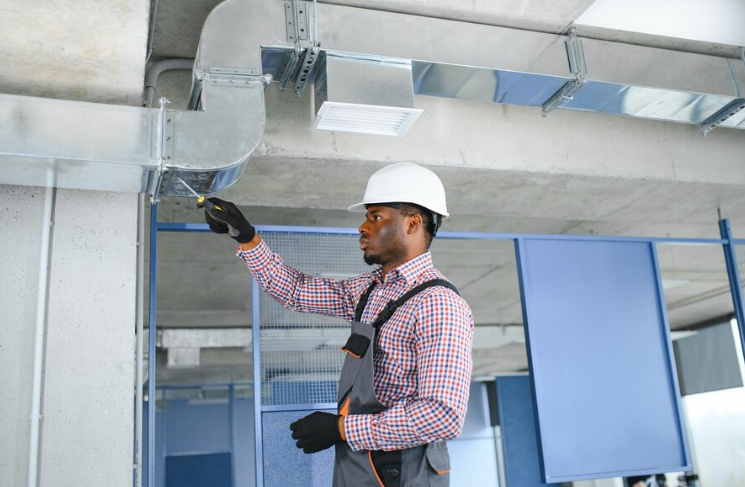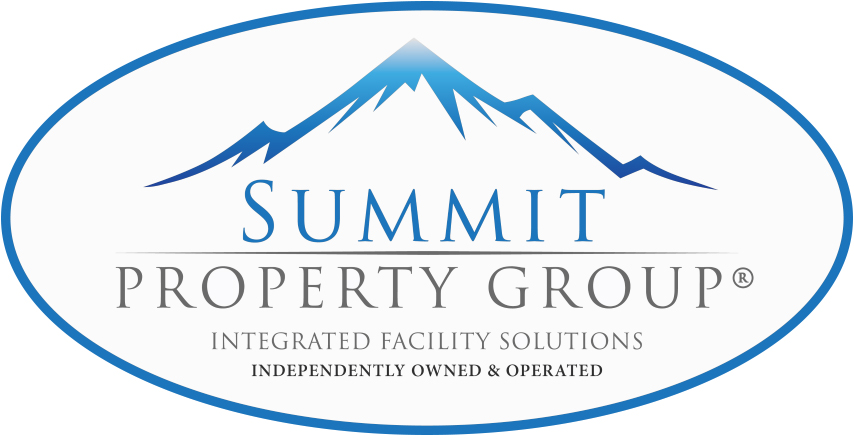Ensuring a safe, functional, and efficient work environment involves proper facility maintenance. Managing electrical systems and repairing mechanical components entails diverse duties with inherent safety risks. For businesses, following safe work practices legally and ethically not only prevents incidents but also fosters a safety-conscious environment.
Here are some essential safe work practices that should be incorporated into every facility maintenance program;

Implementing Safe Work Practices in Facility Maintenance
1. Regular Training and Awareness
Continual training is essential for safety in facility maintenance. Maintenance staff must undergo ongoing training on updated safety protocols and methods. Electrical safety, handling of hazardous materials, and emergency response are all covered in this instruction. Updating all personnel’s certifications, including those for HVAC systems and electrical work, is essential for a competent team capable of safely handling various challenges.
2. Routine Inspections and Preventive Maintenance
Preventive maintenance not only ensures equipment efficiency and longevity but also avoids accidents. Regular inspections enable the identification of potential hazards like faulty wiring, leaking hazardous substances, and structural weaknesses before they cause harm. Thoroughly documenting inspection procedures guarantees an inclusive assessment of all equipment and infrastructure.
To ensure comprehensive inspections and maintain records for safety and auditing purposes, the documentation should consist of in-depth checklists, schedules, and histories of previous maintenance operations.
3. Promoting a Culture of Safety
The effectiveness of safety measures depends heavily on the workplace culture. A culture that prioritizes safety encourages employees to take safety seriously, to watch out for one another, and to feel comfortable reporting potential hazards. Regular safety meetings and open communication channels can foster this culture, making safety a common goal for everyone in the organization.
4. Proper Tools and Equipment
Maintaining the right tools in good condition is essential. Electrical tools must be both grounded and insulated to avoid electrical shocks. Equipment should undergo regular maintenance checks for correct functioning and safety.
Establishing a regular maintenance system is essential to the durability and security of electrical instruments. The frequency of usage and the extreme circumstances the instrument is subjected to will determine how often it has to be maintained. While less frequently used instruments in a residential context would just require semi-annual checkups, high-use tools in professional settings can require monthly examinations. It’s also essential to record maintenance and repairs. Maintaining records is beneficial for monitoring the tool’s condition over time and might be essential for processing warranty claims or resolving issues that keep coming up. It also aids in guaranteeing adherence to safety guidelines and requirements.
5. Use of Appropriate Personal Protective Equipment (PPE)
Providing the correct personal protective equipment (PPE) for all maintenance staff is essential for every task. Depending on the job, the necessary PPE ranges from gloves and goggles for handling chemicals to hard hats and steel-toed boots for operating heavy machinery. Regular checks are necessary should be conducted to ensure that all PPE is in good condition and effective.
6. Emergency Preparedness
No matter how many precautions are taken, emergencies can still occur. It is essential that all staff are trained on what to do in case of different types of emergencies, such as fire, chemical spills, or electrical failures. Regular drills and access to emergency equipment like fire extinguishers, spill kits, and first aid supplies are necessary components of a robust safety program.
Equipping personnel to handle a wide range of circumstances requires comprehensive training as the initial step. The training should caution staff about potential dangers as well as prescribing actions for different situations. Strange noises or the smell of burning from electrical equipment signal the presence of an electrical fire. Identifying emergency indications is sometimes more crucial than knowing the emergency procedures. Organizations must ensure their employees are adequately trained for emergencies, protecting both staff and assets.
To provide a safe working environment and prevent injuries, precautionary measures are essential in facility maintenance. They go beyond merely following the rules to establish an environment at work where everyone takes responsibility for safety and it becomes a natural process. A safer, more productive, and risk-free workplace is the outcome of a culture of safety commitment among all employees. Putting investment into safety means putting money into the company’s own future.

At Summit Property Group, we pride ourselves on delivering unparalleled maintenance services that stand out as the very best in the industry.
CLICK HERE to book our services now!

